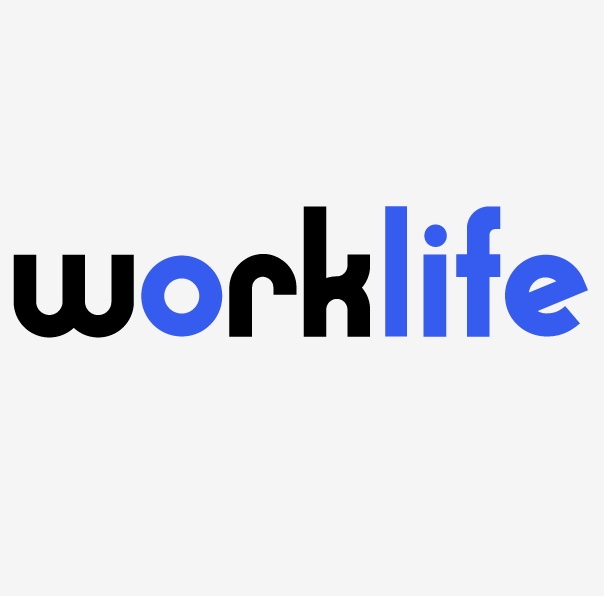
A slim majority of Americans support employers requiring all of their workers to be vaccinated against COVID-19. Yet the U.S. Supreme Court recently blocked the Biden administration’s vaccine-or-testing mandate for businesses employing at least 100 people, and the federal government subsequently pulled the mandate (though it plans to pursue a similar, permanent rule).
In the meantime, major employers like GE and Starbucks have halted their vaccine mandates, while big companies such as Citigroup and Raytheon have retained them.
So, for those employers who can’t or won’t impose vaccine mandates, how do they help prevent their workers from becoming sick with COVID-19 and keep their businesses running?
Matt Hinton, a partner with risk management consulting firm Control Risks, says no-mandate employers should establish a forum for employees to express concerns about the lack of a vaccine requirement. “A two-way dialogue between leaders and employees is critical in today’s complicated work environment,” he said.
Hinton notes that employers must abide by a “duty of care” to provide a safe working environment for their workforce. The Occupational Safety and Health Act requires it.
“In the absence of a mandate, the organization must carefully think through what other steps they will take in order to meet that duty of care and help employees feel safe within the organization,” Hinton said.
Hinton and Erin McLaughlin, a labor and employment attorney and shareholder in the health care practice of law firm Buchanan Ingersoll & Rooney, suggest that employers without vaccine mandates can establish that safe environment by:
- Encouraging but not requiring employees to get vaccinated.
- Incentivizing employees to get vaccinated by, for instance, offering cash bonuses for those who do get shots or tacking a surcharge onto health insurance premiums for those who don’t get shots.
- Hosting on-site vaccination clinics for employees and their families. “This takes away any logistical challenges and has proved to be effective in increasing vaccination rates,” Hinton said.
- Making in-the-office work optional or staggering shifts to reduce the number of employees in the workplace at one time.
- Promoting social distancing within the workplace. This could include increasing separation between work areas, for instance.
- Delaying return-to-the-workplace plans or suspending in-the-office work.
- Requiring employees to wear masks indoors, regardless of vaccination status.
- Banning unnecessary travel.
- Postponing in-person work functions.
- Providing additional time off to employees who are unable to work due to COVID-19 illness or exposure.
Underlying these recommendations is that employers must adhere to Occupational Safety and Health Administration (OSHA) guidelines about curbing the spread of COVID-19 in the workplace, according to Andrea Zoia, an employment attorney and partner at law firm Morgan Brown & Joy. Furthermore, she says, no-mandate employers must remember to follow state and local guidelines related to staffing levels, masking and social distancing.
McLaughlin said many employers are still struggling with the issue of vaccine mandates. For instance, they’re concerned that imposing a mandate will harm employee recruitment and retention, or that a mandate will be too cumbersome to manage. A lot of employers are “breathing a sigh of relief” about the Supreme Court decision on vaccine mandates, McLaughlin said, as they believed instituting a mandate would have posed “a significant challenge” to hiring and day-to-day operations.
Retaining employees is even more difficult during the Great Resignation. More than 4 million workers quit their jobs in December 2021.
“With human capital at an all-time premium, few employers are willing to risk losing those employees they have retained” by imposing a companywide vaccine mandate, said Mark Kluger, a labor and employment attorney who’s a partner at law firm Kluger Healey.
Kluger suggested that if an employer chooses not to require employees to be vaccinated, they should at least demand mask-wearing in the workplace when people are walking around or are in close contact with co-workers and customers. In addition, he said, an employer without a vaccine mandate should institute protocols—based on federal, state and local guidance—regarding employees who have tested positive for COVID-19 or have been exposed to someone with COVID-19.
“So while there are no legal implications for failing to impose a vaccine mandate, there are for not having any safety protocols that address COVID,” Kluger said.
He noted that private-sector employers have the legal right to require employees to be vaccinated or otherwise be dismissed.
“But the legal implications for imposing a ‘vaccinate or get out’ policy primarily involve the position that employers take in response to requests for medical or religious exemptions,” Kluger said. “Employers need to address each of those requests and consider possible reasonable accommodations if they find the medical basis to be legitimate and the religious beliefs ‘sincerely held.'”
John Egan is a freelance writer based in Austin, Texas.









